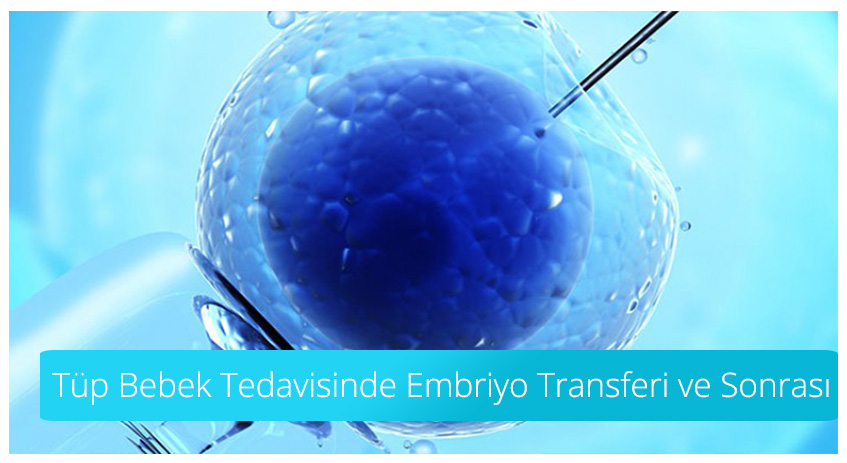The last stage of IVF treatment is short embryo transfer and post-procedure, but it is one of the most important stages of IVF treatment.
I’ve been giving information about the stages of IVF treatment for the last 3 weeks. This week we will focus on embryo transfer, which is the last of the treatment phase.
Embryos can be transferred at any time from the two-cell stage to the multi-cell blastocyst stage, but the most preferred transfer time is the 4-8 cell stage. Embryos usually reach this stage on day 2 or 3. Embryo transfer can be done between two and sixth days.
Multiple pregnancy rates increase considerably when more than two embryos are transferred; however, this risk decreases with increasing female age.
Due to the high complication rates of multiple pregnancies and the increased cost due to preterm birth, the number of embryos transferred in many countries is restricted by laws and regulations. Today, only one embryo transfer can be performed in the first 2 trials in each patient younger than 35 years. A maximum of 2 embryos are permitted in patients over 35 years of age, regardless of the number of trials.
During embryo transfer, the patient is hospitalized in the gynecological examination position. After the speculum is inserted into the vagina, sterile saline is cleaned. Then the cervix is cleaned with special culture fluids. The embryologist brings the embryos to be transferred from the laboratory in the catheter and the physician who will perform the procedure leaves the embryos in the uterus under ultrasound guidance from the abdomen. In the meantime, it is important that the patient is compatible and does not make sudden movements. So he must leave himself as comfortable as possible.
Embryo transfer is not painful and does not require anesthesia.
After the procedure, the patient is given injections, suppositories or creams of hormones in order to support the endometrium and thereby increase the chances of the embryos being transferred into the uterus. Proper use of these drugs is very important. This treatment, called luteal phase support, usually continues until the 10th week if pregnancy occurs. If pregnancy does not occur and menstrual bleeding or pregnancy test is negative, treatment is discontinued.
Considerations After Embryo Transfer
On the 12th day after embryo transfer, the patient is called for a pregnancy test.
Mild rest is recommended for the first 3 days after embryo transfer, which is more intensive until the pregnancy test. Methods such as resting in bed, keeping the legs up in the air completely dependent on the bed do not increase the chance of pregnancy success. He should not engage in active sports. Sexual intercourse is also not recommended. The patient can do his daily work, work with extreme physical conditions exceptions, can take a bath.


Add Your Comment